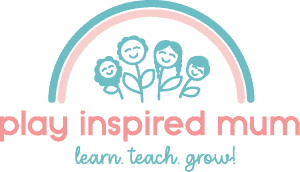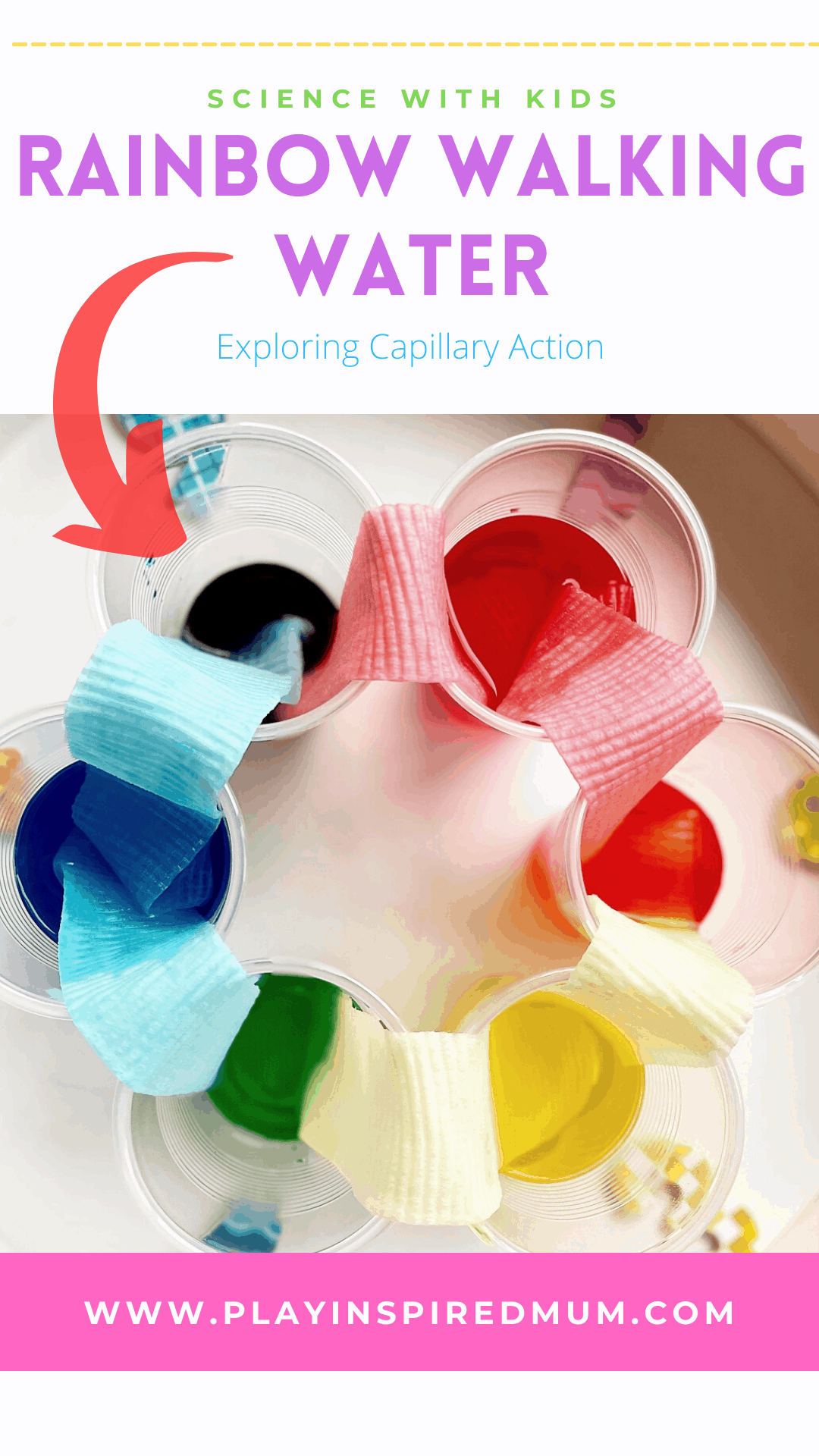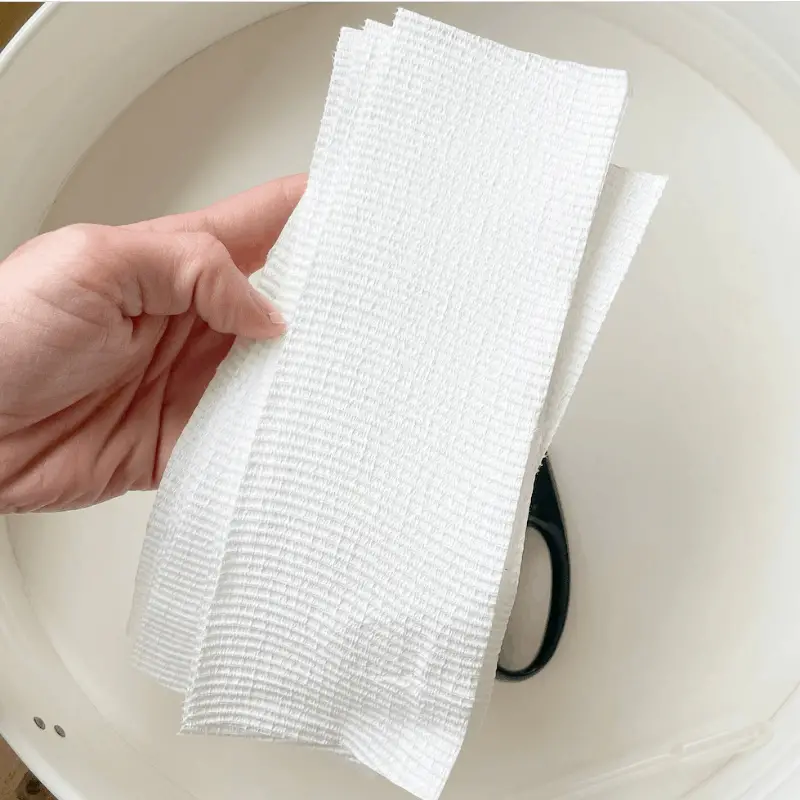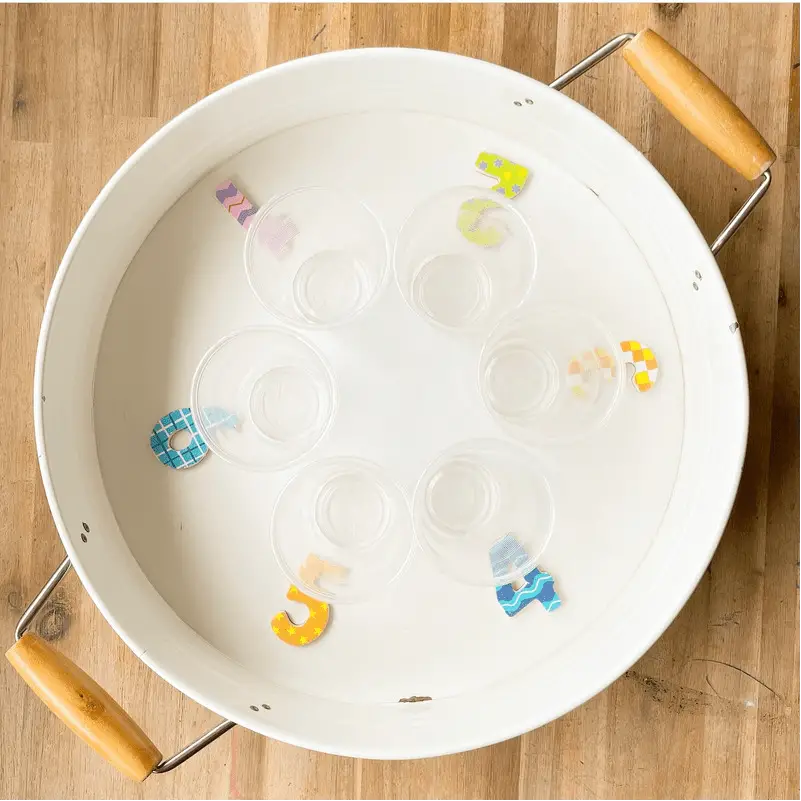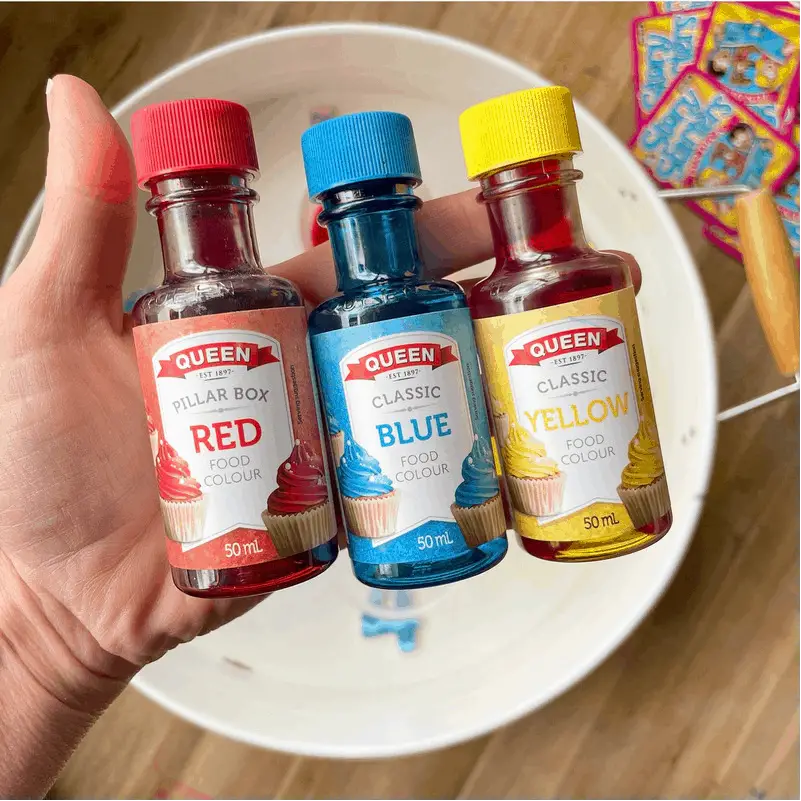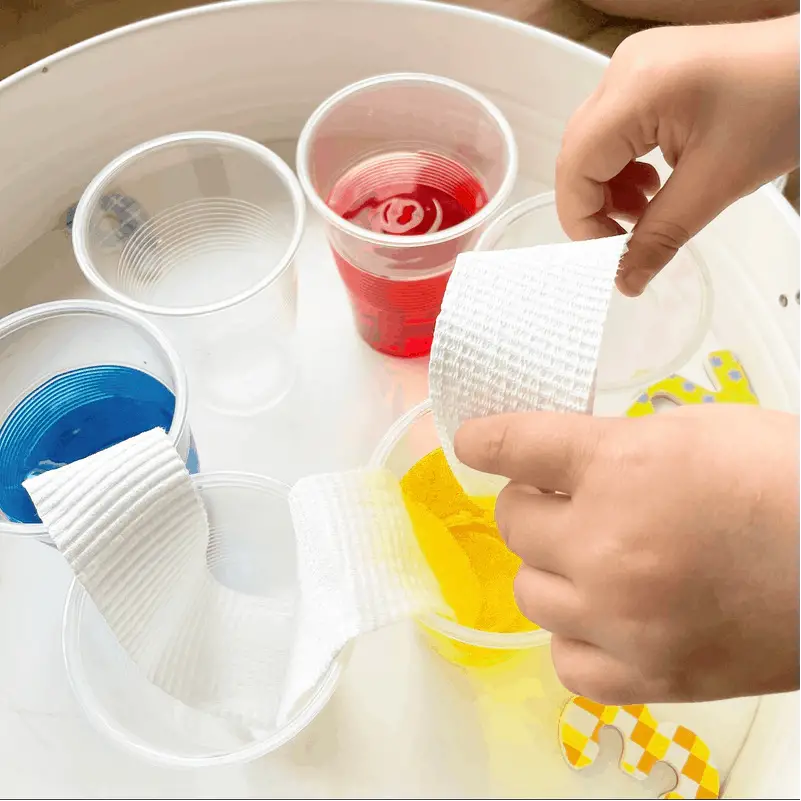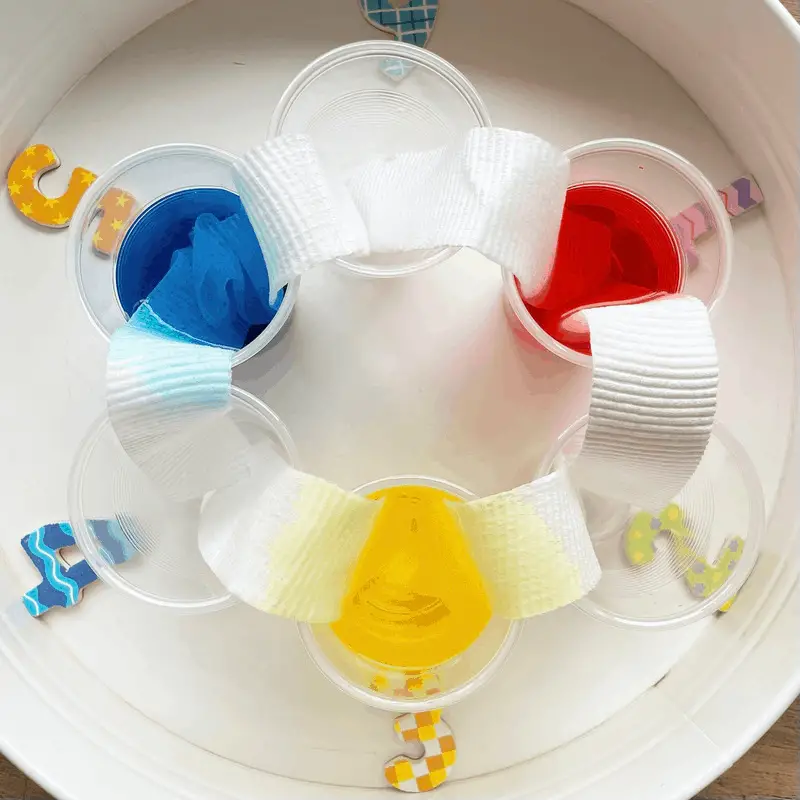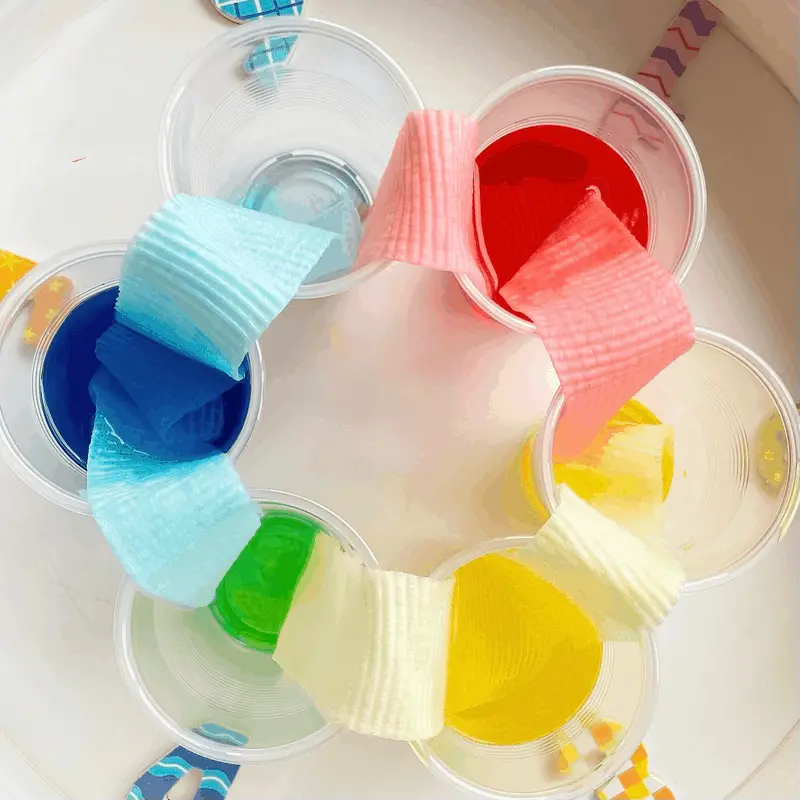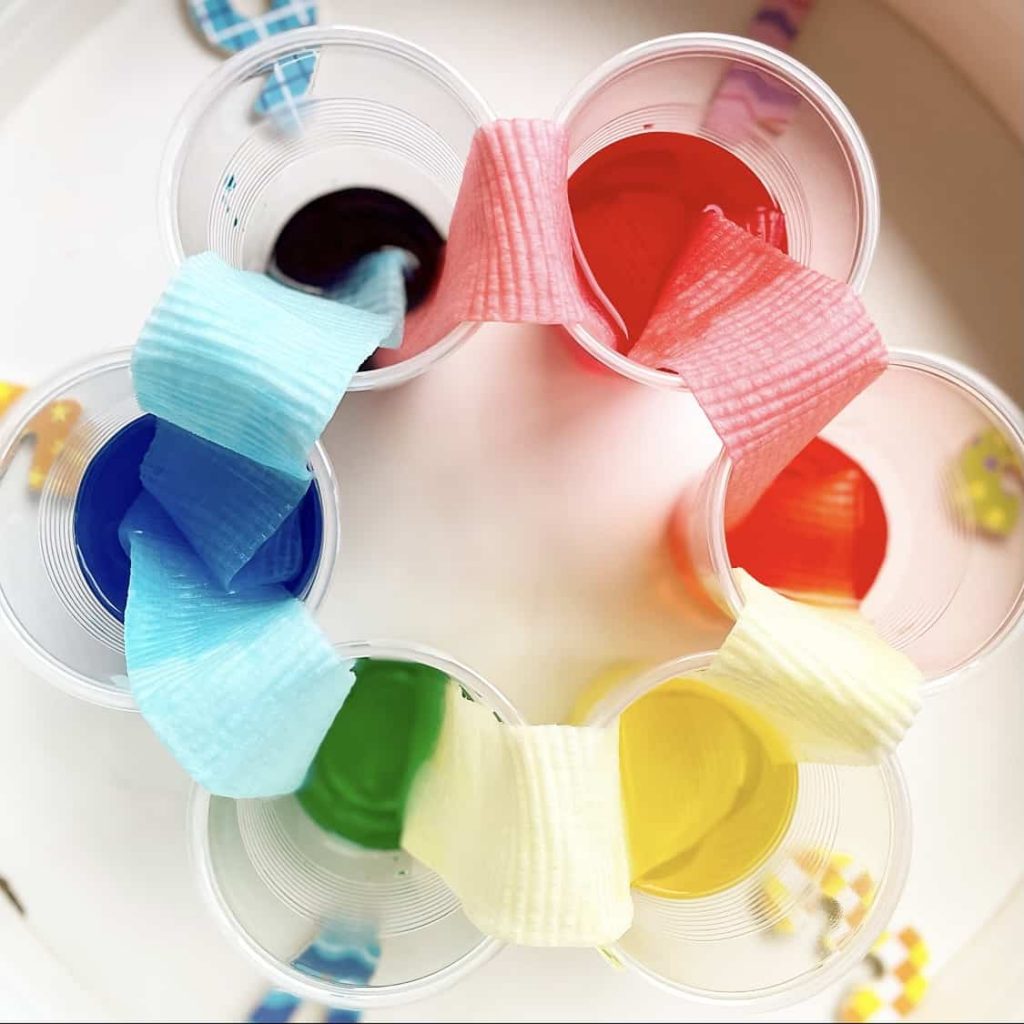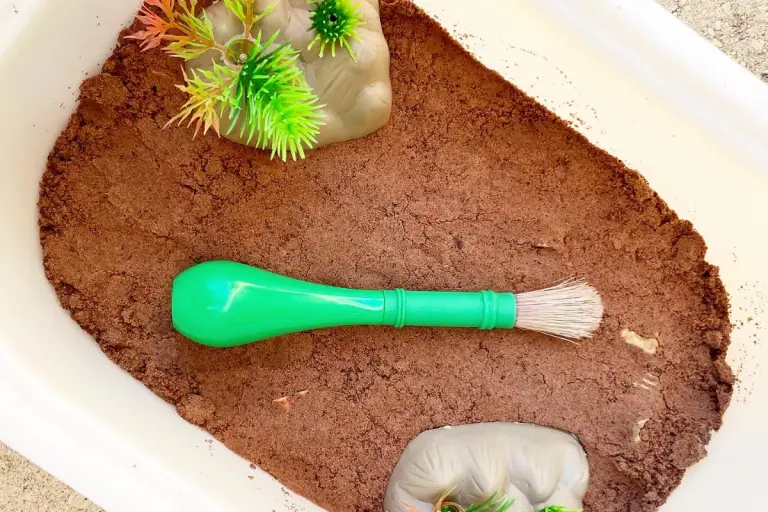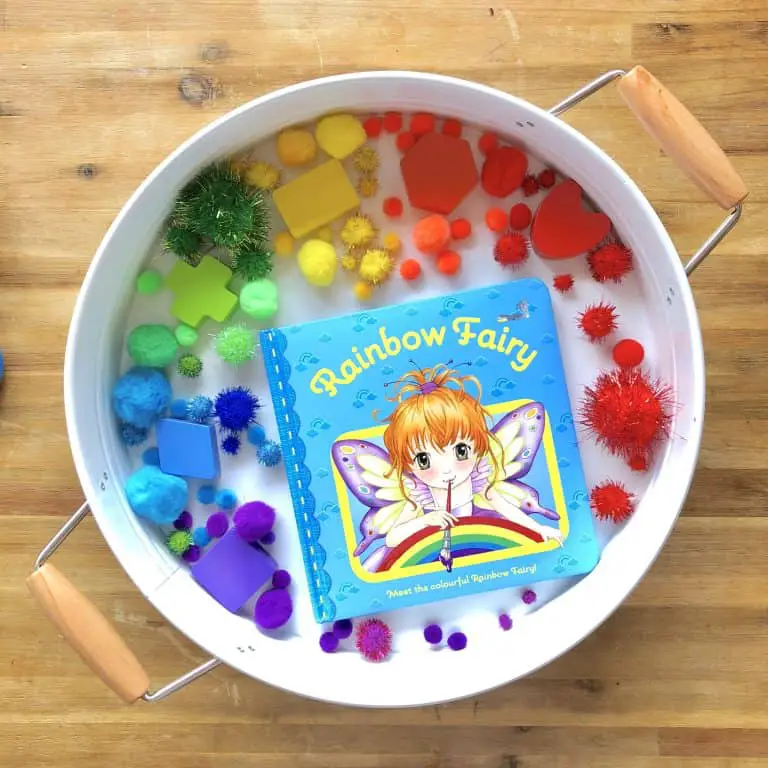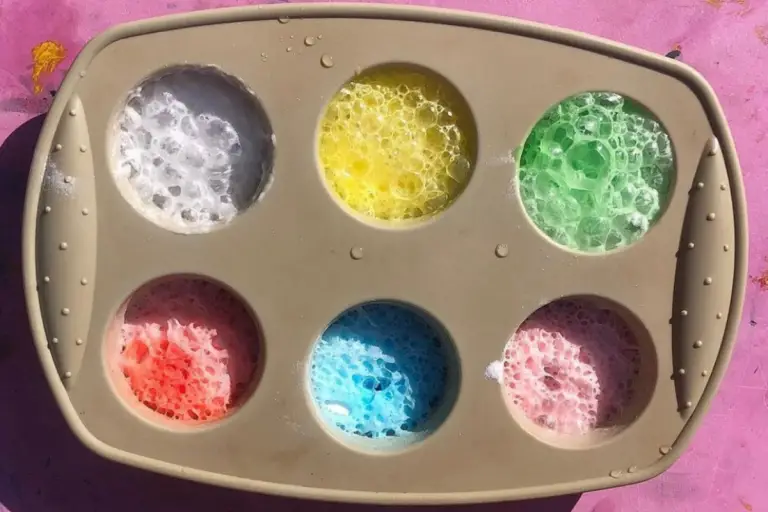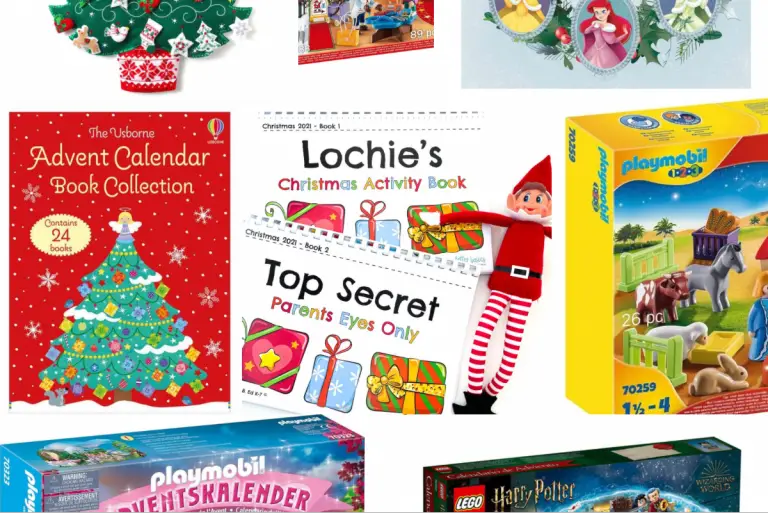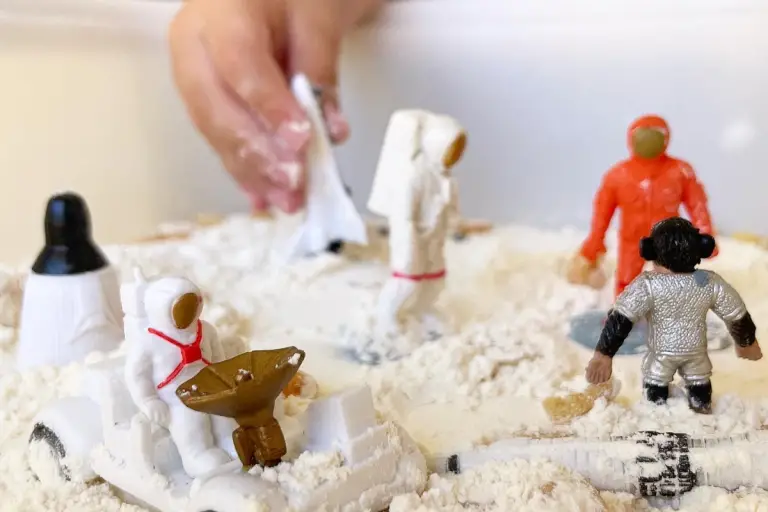Rainbow Walking Water Science Experiment
Disclosure: This blog contains affiliate links which I may earn a small commission from if you purchase through them, at no extra cost to you.
Water-based science experiments are always so much fun to do at home with the kids. A rainbow walking water science experiment really packs the wow factor! Learn how to do this simple and engaging science experiment at home with your family!
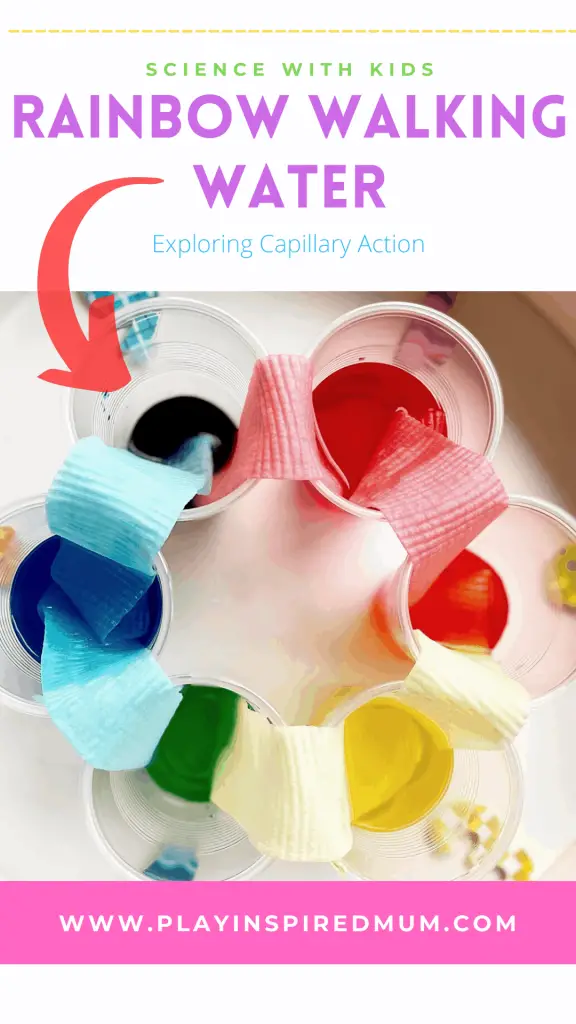
Rainbow Walking Water Science Experiment for Kids
Disclosure: This blog does contain affiliate links which I may earn a small commission from if you purchase through them, at no extra cost to you.
There is always a glimmer of magic when a rainbow forms. The science that happens when light and water meet creates a beautiful display of colour. Well, there is more than one way to make a rainbow. Again with science, you can create your very own rainbow at home with just a few basic supplies.
What is walking water?
The walking water rainbow science experiment is one that the whole family will love. It is so simple to set up your toddler will be able to pop it together too! Watching the water travel along with the paper, drawing up the colours is a great experience. As the colours mix, this is where the magic shines!
Not only is the walking water experiment a lesson on capillary action, but this easy science lesson will also demonstrate creating three secondary colours using just three primary colours. That’s a total of 6 colours using just three cups of coloured water!
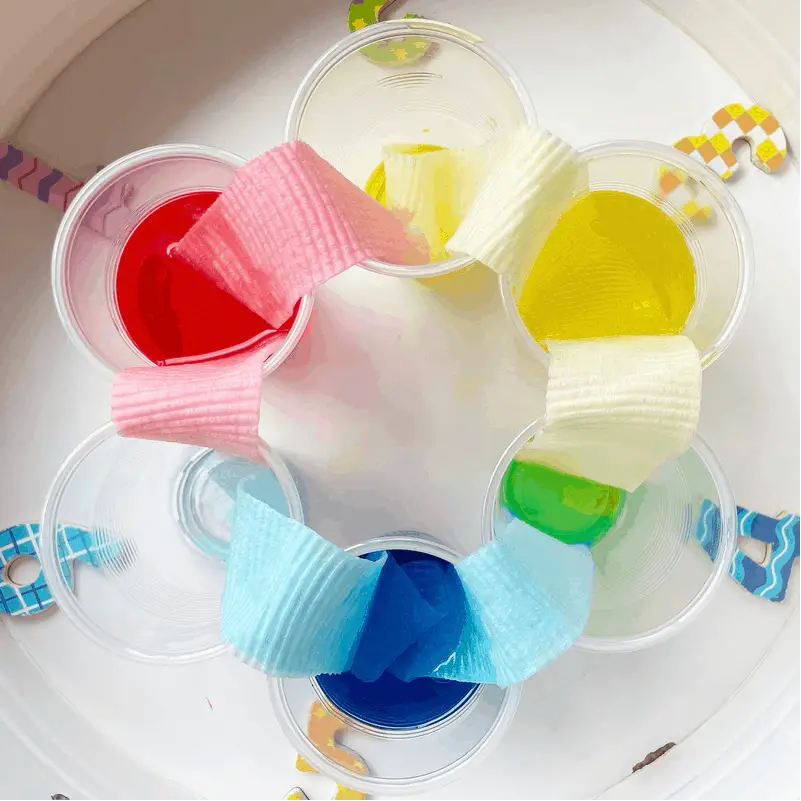
What are the seven colours of the rainbow?
Here is a little rainbow fast fact!
It was Issac Newton who proved that a rainbow is a result of white light being split into different wavelengths. Using a prism he discovered that the light was always split into the same pattern of colours. The spectrum of colours was always the same hues and in identical order.
- Red
- Orange
- Yellow
- Green
- Blue
- Indigo
- Violet
These colours are commonly represented by the acronym, ROYGBIV or Roy G. Biv. This certainly makes them easier to remember!
Another way to remember the colours of the rainbow is through song.
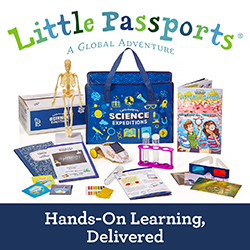
Colours of the Rainbow Song Lyrics
Red and yellow and pink and green,
Orange and purple and blue.
I can sing a rainbow,
Sing a rainbow,
You can sing one too.
Listen with your eyes,
Listen with your eyes,
And sing everything you see.
You can sing a rainbow,
Sing a rainbow,
Sing along with me.
Red and yellow and pink and green,
Orange and purple and blue.
You can sing a rainbow,
Sing a rainbow,
Now you’ve sung one too!
Setting up a walking water science experiment
This experiment is really very easy to set up and start discovering.
Things you need to gather
- 6 clear jars or cups
- 6 lengths of paper towel
- Food colouring (red, blue and yellow)
- Clean Water
- Play tray (optional)
- Magnetic wooden numbers (optional)
We used some disposable clear cups (that we have been using for years for all sorts of activities). Glass jars would also work well. The material of the vessel will not affect the results. Clear is recommended for full visual impact – trust me, go for clear!
We used 3 sheets of paper towels. I cut each sheet into halves and then folded each half to create the strip for our walking water rainbow.
You could use any food colouring you have on hand. I chose these colours to demonstrate colour blending to create secondary colours. We just use Queens Liquid Food Colouring. I have heard of people using liquid watercolours having fabulous results.
Try minimise potential spills, we set our water experiment up in our metal play tray. We are asked all the time where we got this tray. It has been used for so many activities over the years – we love it! This is a serving tray from Kmart Australia. you can pick it up in the homewares section.
We added the magnetic wooden numbers to act as a reference for Miss 3. Numbering each of the cups made instructions easier for her to follow. Perfect for some number recognition practise too!
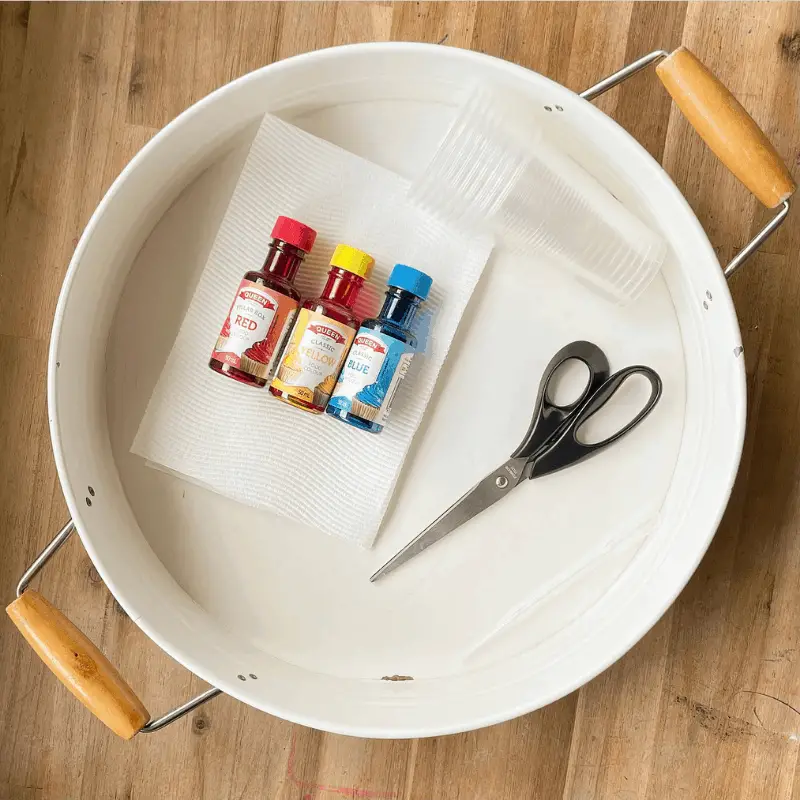
Walking water experiment instructions
One of the beautiful things about this experiment is its simplicity.
- Position your six cups in a circle, so they are just apart from one another. Position the wooden numbers, one per cup.
- Fill cups 1, 3 and 5, three quarters the way up with clean water.
- Place a splash of red colouring into Cup 1, yellow in Cup 3 and blue in Cup 5.
- Pinch the centre of each paper towel strip to make an upside down V before placing one end into a water cup and the other into the neighbouring empty cup.
- Observe the scienctific capillary action, literally in action!
What is the purpose of walking water experiment?
The rainbow walking water experiment is a great way to introduce children to a range of concepts.
Ways water moves
Water’s movement is influential of multiple factors.
- Diffusion: Movement of molecules from an area of high concentration to lower concentration
- Gravity: Causes precipitation to fall to from clouds and water to move conjointly towards the lower side of a downwards slope.
- Capillary Action: Cohesion of water molecules having greater force over gravity within narrow spaces.
The rainbow walking water experiment primarily displays an example of capillary action. Once complete, why not use your coloured water to experiment with diffusion and gravity – waste not, want not!
The science behind the experiment
Watching the colours moves across over the paper towel is just as magical as the sky changing colour at dawn. While it seems to be sorcery behind the colour display it really comes down to some logical science.
How do you make water walk?
Making a water walk is so easy! Simply add a material that has small gaps between the fibres into the water. With the help of science, the water will travel along, through the voids between the fibres.
What is it called when water travels up paper
The answer is capillary action or wicking. Liquids travel up narrow cavities, tubes and porous materials via the relationship between the cohesion of the liquid molecules and the adhesive forces between the liquid and the conduit material.
Why did the coloured water travel through the paper
Paper towel is extremely porous. There is a magnitude of gaps between the cellulose fibres that give paper towels their form. The water is able to travel up through the paper towel via the process of capillary action. The water molecules are able to adhere to both themselves and the tiny gaps in the paper towel, drawing themselves upwards.
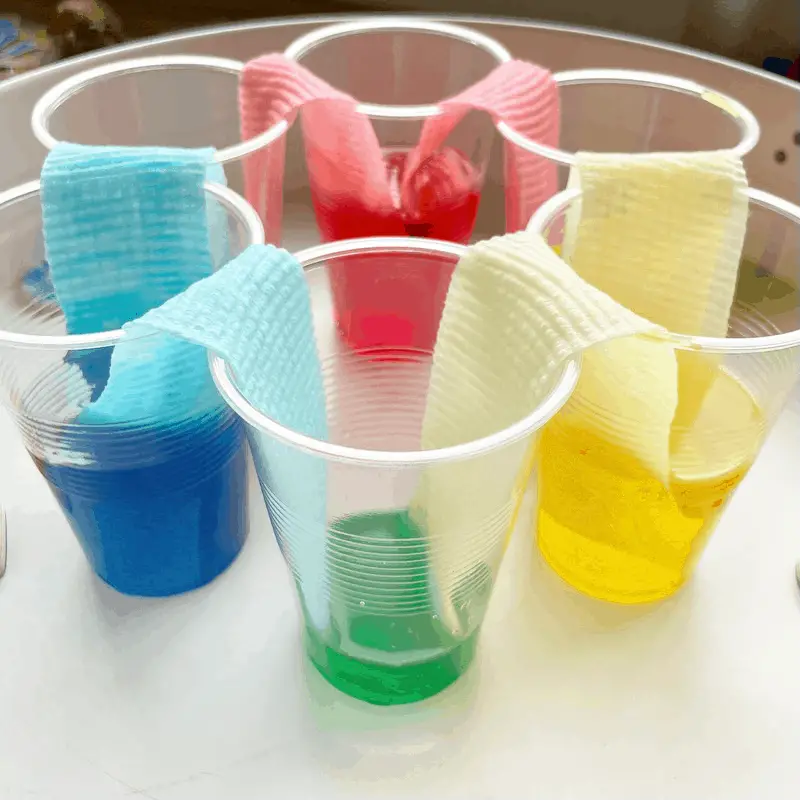
Creating a scienctific method for your walking water experiment
To further develop comprehension of this activity why not add a scientific method? Asking open-ended questions can further engage your child in the experiment and further build on their knowledge and understanding of their experience.
Prediction
- What do you think will happen?
- How do you think the experiement will work?
- What are some challenges that we might face?
- How long do you think it will take for the rainbow to be complete?
- What colours do you think will be created?
Observation
- What can you see?
- How is the water travelling?
- What colours can you see?
- How fast is the water travelling?
- What is happening that you expected?
- What is happening that is unexpected?
Evalution
- What happened throughout the experiment?
- What was the same as you predicted?
- Did anything happen that surprised you?
- What colours did we end up with?
- How long did the process take?
Variables
- Try different materials than paper towel, eg. normal paper, cotton, synthetic materials such as polyester
- Swap the liquid, eg milk, soda water
- Change the temperature, eg warm water, iced water
- Adjust the water level, eg. add less water into the cups or more
- Experiment with different colours, how many can you make by mixing them?
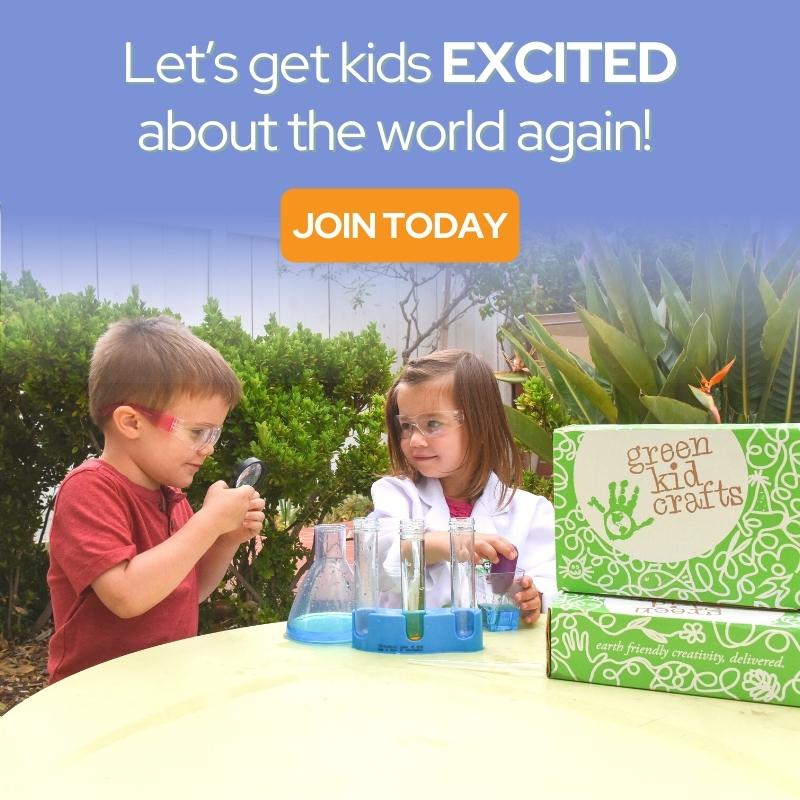
What does the walking water experiement teach?
There is so much going on during this science experiment! Who would have thought a bit of paper towel in a few cups of water would be so much fun and there would be so much to learn!
- Capillary action
- Cause and effect
- Sequencing events
- Colour recognition
- Sciencfic method
- Problem solving
- Prepositional language
The rainbow walking water science experiment really is at-home learning must do. It can appeal to all ages of the family and takes no time, ( or fancy equipment) to set up.
We would love to see your take on this fun science experiment for kids! Please feel welcome to share your experience in our Play Inspired Mum Facebook community. I cant wait to see how your walking water rainbow works out!
Happy experimenting!
Dani D x
